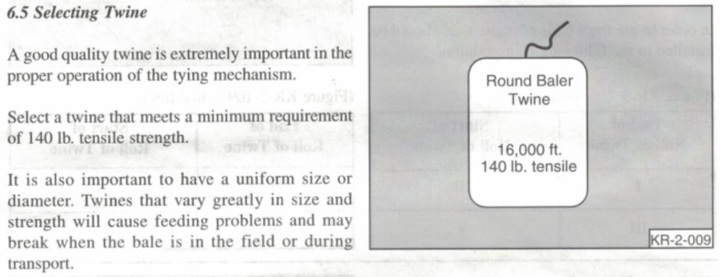lloyd in sc
Member
Needing 12v internally ballasted coil for 1010 I am changing to NEG Ground fully 12v ignition system. Who has them & where to go? Thanks.
(quoted from post at 11:50:31 12/23/14) Just for the fun of it.
An external ballast resistor is nothing more than extra turns of wire for resistance to lower voltage to the points. A 12v - no external ballast required coil has those extra turns of wire inside the can. Just out of curiosity, if the extra wire is moved from the outside to the inside why can't it be called internally ballasted?

perhaps if we keep trying we can educate the non engineers and non electricians and those who are electrically challenged about ignition coils and ballast resistors, I have tried for 15 years and will keep on trying to help them.
May God Bless you and yours this Christmas and I'm sure the help you provide is appreciated.
John T Too long retired Electrical Engineer and a bit rusty but I still do my best to help
We sell tractor parts! We have the parts you need to repair your tractor - the right parts. Our low prices and years of research make us your best choice when you need parts. Shop Online Today.
Copyright © 1997-2024 Yesterday's Tractor Co.
All Rights Reserved. Reproduction of any part of this website, including design and content, without written permission is strictly prohibited. Trade Marks and Trade Names contained and used in this Website are those of others, and are used in this Website in a descriptive sense to refer to the products of others. Use of this Web site constitutes acceptance of our User Agreement and Privacy Policy TRADEMARK DISCLAIMER: Tradenames and Trademarks referred to within Yesterday's Tractor Co. products and within the Yesterday's Tractor Co. websites are the property of their respective trademark holders. None of these trademark holders are affiliated with Yesterday's Tractor Co., our products, or our website nor are we sponsored by them. John Deere and its logos are the registered trademarks of the John Deere Corporation. Agco, Agco Allis, White, Massey Ferguson and their logos are the registered trademarks of AGCO Corporation. Case, Case-IH, Farmall, International Harvester, New Holland and their logos are registered trademarks of CNH Global N.V.
Yesterday's Tractors - Antique Tractor Headquarters
Website Accessibility Policy
